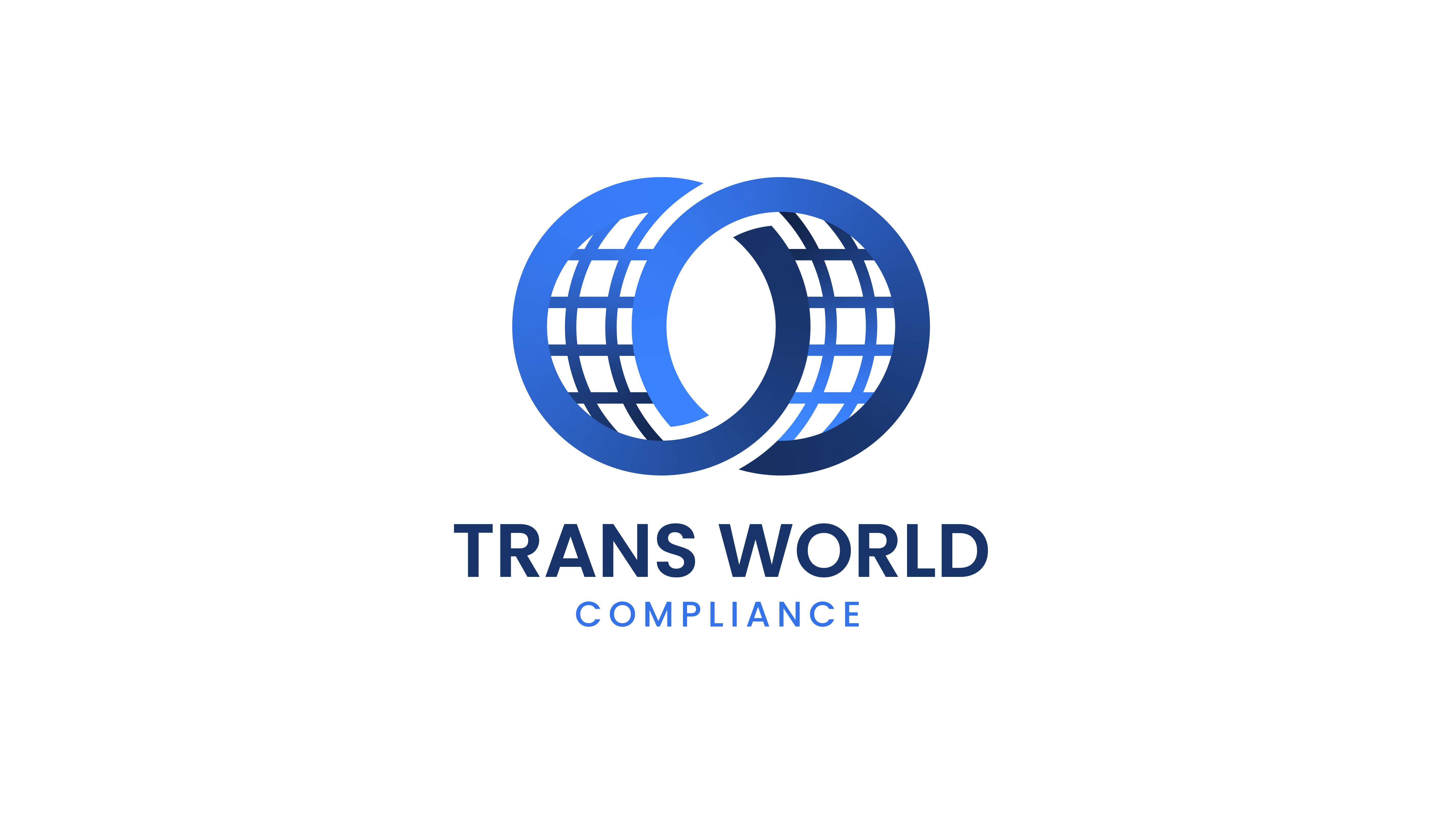AI in Compliance: Applications, Challenges and Risks
The world of finance is a complex web of interconnected systems designed to manage the flow of wealth and resources across the globe. This intricate network's heart lies in rules and regulations, crucial for maintaining economic order, preventing financial crimes, and safeguarding investors' interests. Compliance with these rules is non-negotiable, and financial institutions dedicate considerable resources to ensure adherence. The penalties for regulatory breaches can be severe, including substantial fines, reputational damage, and, in some instances, the suspension of operating licenses.
Traditionally, ensuring compliance was a manual, time-consuming process involving vast numbers of personnel. This created significant overheads for organizations and left room for errors due to human oversight. The sheer volume of transactions and the complexity and frequency of regulatory changes often challenged the traditional approach.
Here is where Artificial Intelligence (AI) enters the picture, offering a transformative solution. With its ability to learn from -and process- massive amounts of data, AI presents a new paradigm in financial compliance and regulation. It's no longer a matter of if but rather when and how AI will redefine the financial industry landscape, particularly in the compliance and regulatory sphere. With the capacity to revolutionize compliance tasks, AI technologies have begun to streamline processes, improve accuracy, and significantly reduce processing times. This article aims to delve into the integral role of AI in financial compliance and regulation, exploring its applications, benefits, and challenges.

The Revolution of AI in Financial Compliance
Long gone are the days when financial institutions relied solely on manual oversight by compliance officers to ensure they were meeting regulatory standards. The traditional image of personnel hunched over desks, combing through vast paper trails and digital records, is fast becoming an echo of the past.
In its place, we are witnessing the dawn of an era where AI technologies are dramatically changing how financial entities approach compliance. These changes are not just superficial. They penetrate the core of the compliance process, offering automation, improving accuracy, and vastly reducing the time it takes to ensure that institutions stay on the right side of the law.
The central tenant of this revolution lies in AI's ability to process, analyze, and learn from enormous amounts of data at a speed and level of detail that is simply unattainable for human investigators. By harnessing this power, AI can rapidly sift through oceans of data, identify patterns, predict risks, and execute tasks quickly and efficiently that would have been unthinkable just a few years ago.
This revolutionary shift heralds significant improvements in the effectiveness of financial compliance operations. However, as with any revolution, it also brings new challenges and questions that must be carefully addressed to reap the benefits fully. This includes ensuring the ethical use of AI, understanding its limitations, and setting appropriate regulatory frameworks.
Key Applications of AI in Compliance and Regulation
Artificial Intelligence is more than just a novel tool in the financial sector. It's a multifaceted solution, bringing transformative change to several crucial areas of compliance and regulation. Let's delve into the key applications of AI in this vital sector.
1- Automated Regulatory Compliance
The financial sector is governed by complex regulations that evolve, reflecting changes in law, market conditions, and societal expectations. Deciphering and adapting to these changes has traditionally been labor-intensive. However, AI changes the game by efficiently interpreting regulatory texts and translating them into actionable compliance rules. This automation reduces human error and eases the workload of compliance teams.
2- Risk Management and Detection
The financial world is fraught with risks that can have severe consequences if not promptly identified and addressed. AI, particularly machine learning, excels in pattern recognition, making it a valuable ally in detecting subtle anomalies that could signal potential risks, fraud, or other illicit activities.
3- Monitoring and Reporting
As financial transactions happen around the clock, real-time monitoring is crucial. AI-powered systems offer relentless, 24/7 surveillance of business operations, identifying any potential breaches of compliance rules. Moreover, these systems can instantly generate reports, aiding regulatory reporting and internal analysis.
4- Know Your Customer (KYC) and Anti-Money Laundering (AML) procedures
AI revolutionizes how institutions verify customer identities, assess risks and detect suspicious patterns. This greatly enhances the efficiency and effectiveness of these crucial procedures.
5- Regulatory Technology (RegTech)
It represents a burgeoning field where AI is making substantial contributions. AI-powered RegTech solutions are designed to ease the burden of regulatory compliance, bringing about various benefits from real-time transaction monitoring to predictive modeling of future regulatory breaches.
These key applications represent just the tip of the iceberg regarding AI's transformative potential in the compliance and regulatory sector of the financial industry.

Challenges and Risks of AI in Compliance and Regulation
As AI continues to weave its way into the financial industry's compliance and regulatory fabric, it brings challenges and risks. It's a double-edged sword, and while it provides tremendous advantages, the flip side presents new hurdles that financial institutions must navigate.
One such challenge is the issue of transparency. AI algorithms, especially deep learning ones, are often considered 'black boxes'. This term refers to their inherently opaque nature, where the internal workings that lead to a particular decision or output are hidden. Such a lack of transparency can be problematic in a regulatory context, where it's essential to understand and explain findings, particularly when those decisions could lead to regulatory infractions or impact customers.
Data privacy is another significant challenge. AI in compliance and regulation inherently requires processing vast amounts of data, often sensitive. Ensuring this data is handled appropriately for privacy laws and standards is crucial.
Accountability also poses a considerable challenge. In the case of a breach or error, who is responsible when decisions are made or influenced by an AI system? Traditional frameworks for assigning liability may not readily apply in a world where algorithms play a significant role in decision-making processes.
These challenges underline the importance of a burgeoning field often referred to as AI ethics. This discipline focuses on ensuring the use of AI aligns with human values, ethical principles, and legal standards. Key themes within this field include transparency, fairness, privacy, and robustness, all of which have a particular resonance in the context of financial compliance and regulation.
In navigating these challenges, the principle of 'trust but verify' might be most suitable. While the power of AI can and should be harnessed, its use must be continually reviewed and regulated to ensure it meets the highest standards of ethical conduct and aligns with the broader goals of the financial system.
Conclusion
As we venture deeper into the 21st century, the influence of Artificial Intelligence in the financial industry, particularly in the compliance and regulation sector, continues to expand. The potential advantages - improved efficiency, enhanced accuracy, and significant cost savings - are impossible to ignore. AI is reshaping the financial landscape in ways we're only beginning to comprehend, and the full impact of this transformation is yet to be seen.
But while the promises of AI are exciting, it's essential to maintain a clear-eyed perspective. The journey towards fully integrating AI into the financial compliance and regulation fabric will be challenging. There will be technical challenges, new ethical dilemmas, and regulatory hurdles to clear. A cautious and well-regulated approach to AI adoption is crucial to balance its transformative potential against the risks it could pose.
What is clear, however, is that the future of financial compliance and regulation is inextricably tied to the continued evolution of AI. This intertwining of technology and finance promises a more efficient, robust, and transparent financial system. It is up to us - policymakers, technologists, and financial professionals - to steer this transformation in a direction that benefits all stakeholders and safeguards the integrity of our economic systems.
In conclusion, we are on the brink of an exciting era for the financial industry. With the power of AI at our fingertips, we have the potential to revolutionize compliance and regulation. But we must also remember our responsibility to ensure that this revolution is conducted responsibly, ethically, and in the best interests of society.



